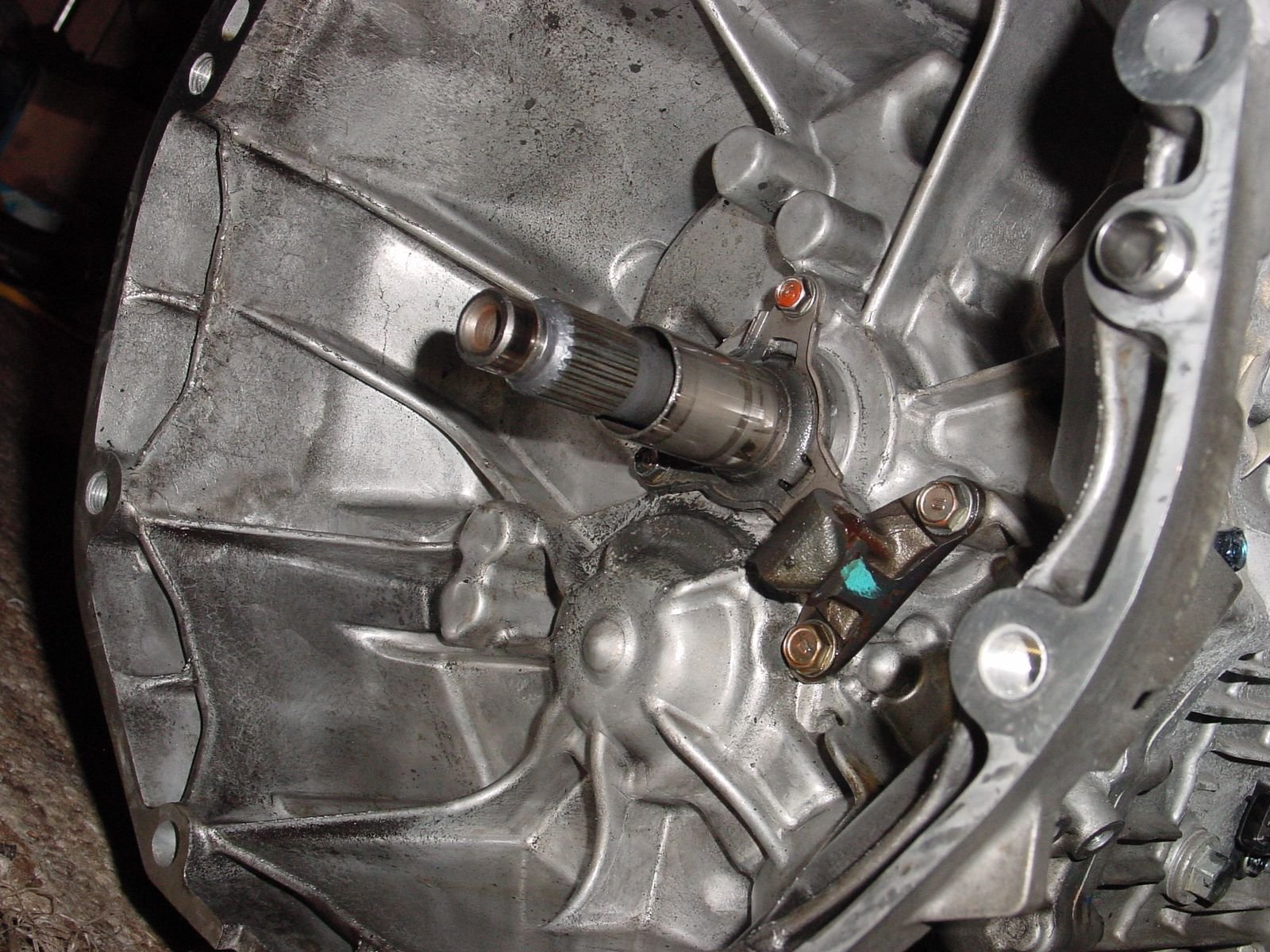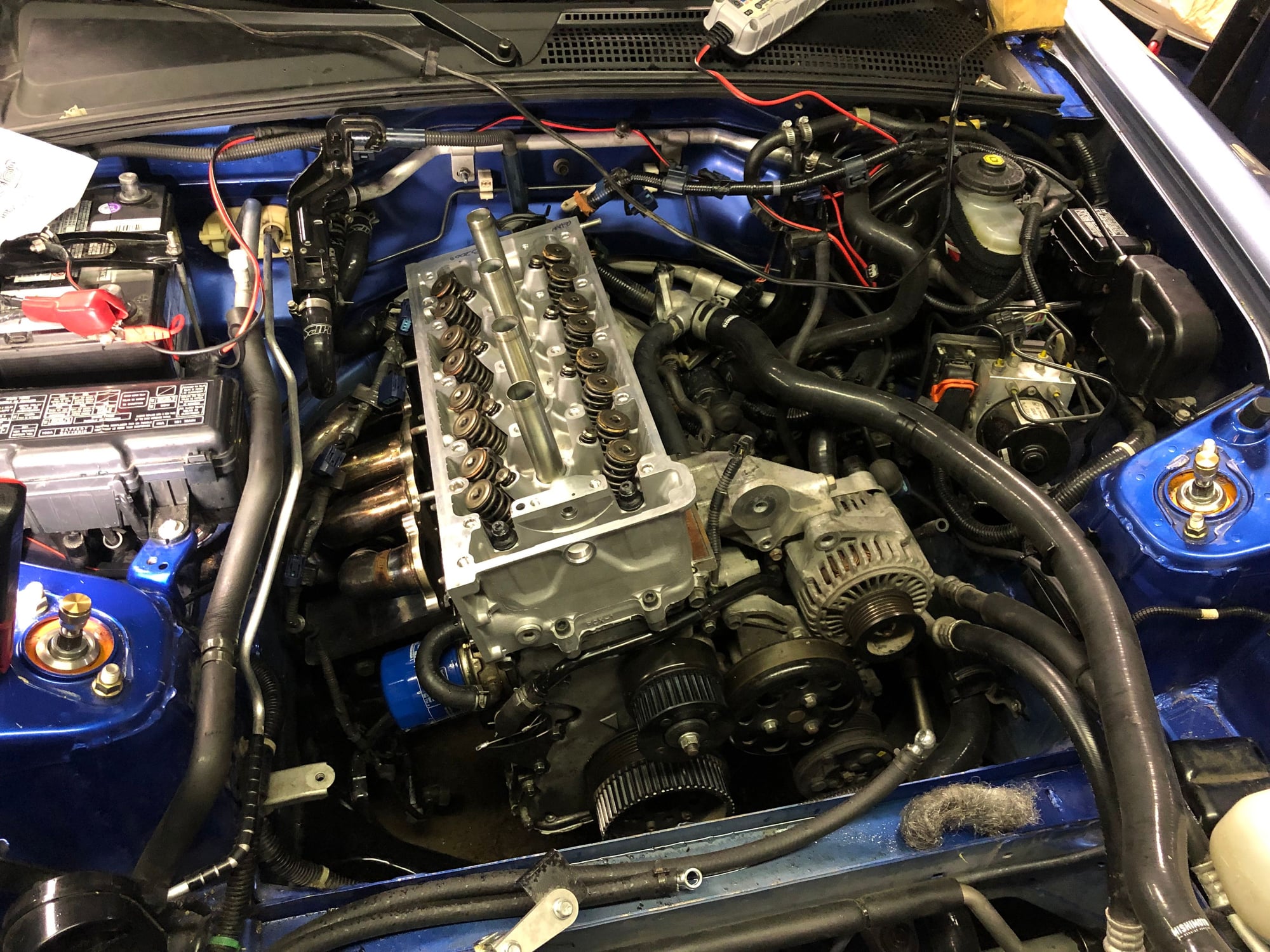


These vibrations mainly stem from the clutch release bearing when engaging the pressure plate. On my old Nissan SE-R, when I did a clutch upgrade, the pedal effort doubled so I was expecting increased effort here too.Clutch Master Cylinders (CMCs) (on most newer Hondas and Acuras) have a dampening diaphragm that helps subdue tiny vibrations in the pedal. I kid you not, the pedal effort and smoothness of engagement are like stock which was a big surprise to me. Having put some break-in miles on the Dual Friction, I can tell you right now that I would not be able to differentiate the feel and engagement of it compared to stock.

The Dual Friction trades a bit of longevity, pedal effort, and clutch engagement smoothness for increased holding capacity. The Centerforce I and II level clutches are the two levels with a greater street bias as compared to the Dual Friction and are intended to be more OEM replacement. In Centerforce’s family of clutches, the Dual Friction is the best compromise for a street driven and tracked vehicle. The Centerforce disc looks pretty much exactly like the stock disc which should bode well for reliability. There was actually quite a lot of meat left on the stock disc and I think it would have gone to 100k miles without issue. My 64k mile stock clutch is on the left with the Centerforce on the right. If you decide to get rid of the delay valve, you can either modify your AP2 slave cylinder or just use an AP1 slave cylinder. I decided to leave in the delay valve as it does make starting on hills a little easier and there are some pretty steep hills where I live.
HONDA S2000 CLUTCH DELAY VALVE UPGRADE
My solution to this issue is to upgrade the clutch to a Centerforce Dual Friction. I had to back off the throttle completely to allow the clutch to grab. Once on the 4-5 shift, the clutch slipped completely and the engine rpms just shot to redline. I noticed a little slip a few times on the 3-4 shift. I noticed this when I tracked the car at Buttonwillow. On the racetrack, the relatively weak clutch combined with the release delay valve can cause clutch slip on a fast shift in the higher gears. On the 2005 model year, they introduced the clutch delay valve along with a 5000rpm limiter when in neutral. Honda got smart, like Mitsubishi with the 2005 Evo, and installed a clutch release delay valve so that it didn’t allow the clutch to be dropped which reduced the shock on the drivetrain Mitsubishi was doing a LOT of clutch warranty work on the 2003 Evos as the owners were doing clutch drops at redline launching the cars. Well, 9000rpm clutch drops on slicks destroyed many a differential. In stock class, the car must be mostly stock but you can run very high grip slicks such as Hoosiers. When the S2000 first came out (the AP1 generation), it became an instant favorite out on the auto-x circuit in stock class. The other part of the weakness is due to a clutch release delay valve integrated into the slave cylinder. Part of the weakness is the clutch itself hey, it’s a Honda, it doesn’t exactly make a lot of torque. A weak spot of the AP2 drivetrain is the stock clutch.


 0 kommentar(er)
0 kommentar(er)
